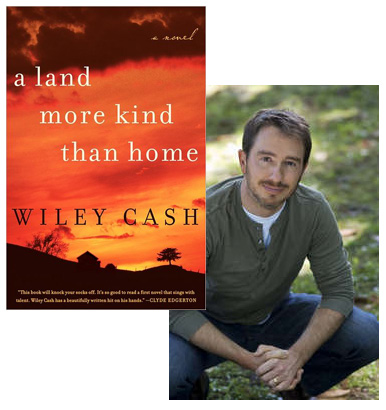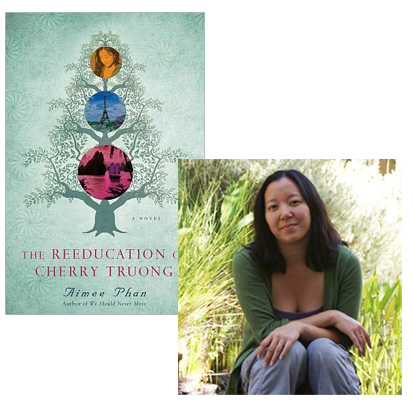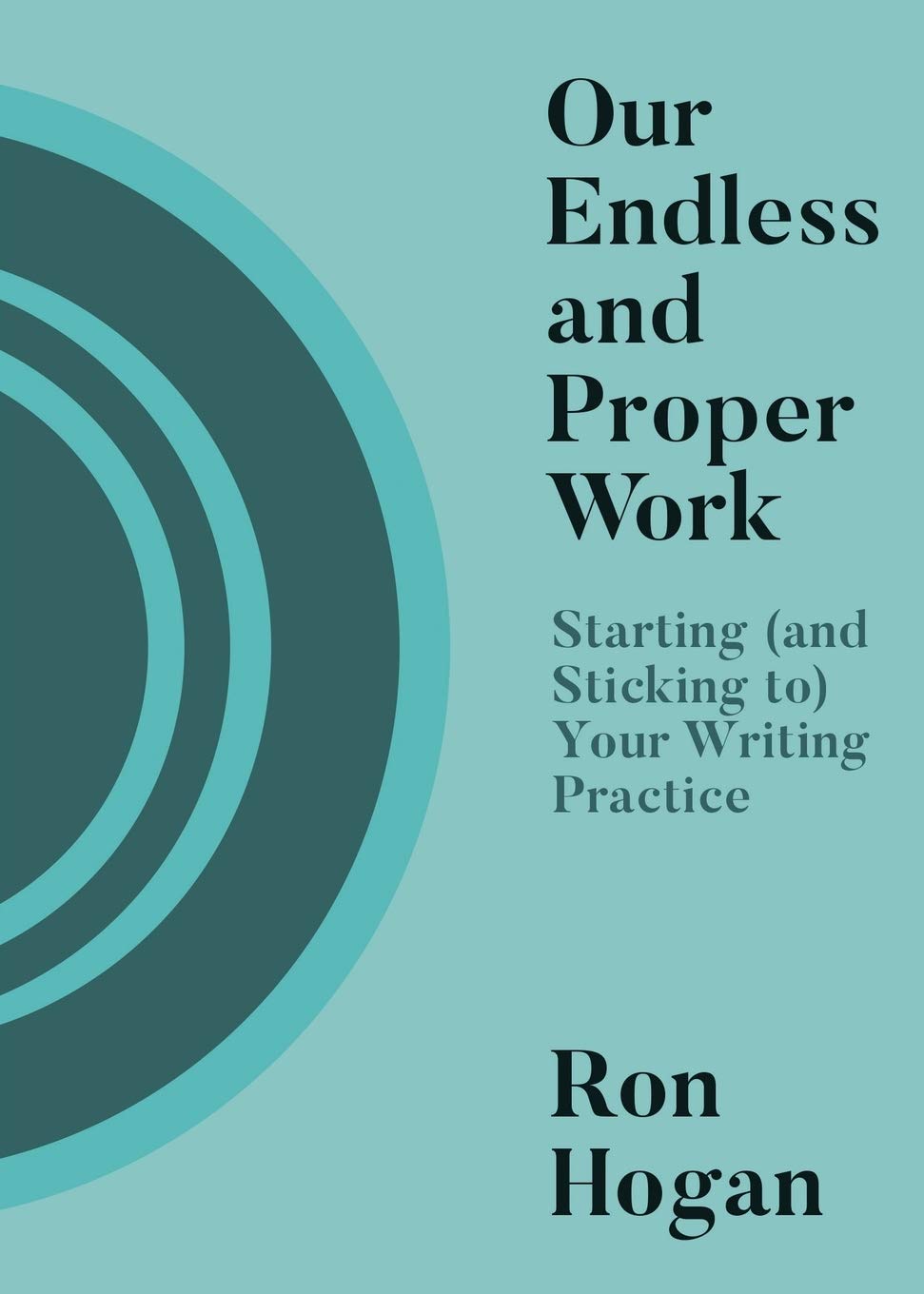Wiley Cash on Hearing Voices

A few months back, I had the pleasure of meeting Wiley Cash at a luncheon his publisher, William Morrow, hosted to alert some folks to his debut novel, A Land More Kind Than Home. As he was telling us about the book, he mentioned something about the multiple first-person perspectives he used to tell the story—like an early chapter written in the voice of the local sheriff— and how he’d actually explored a few other possibilities from among the other characters, which he’d had to abandon for various reasons. And I thought to myself, “That’s a really cool insight. I bet a lot of people would be interested in hearing about this.” And, luckily for me, he thought it was a great idea as well.
“I didn’t know Pastor Chambliss had killed my big brother until later that night.”
This is the first line I ever wrote for what would become my first novel. It’s also the first voice I heard when I sat down to write the story; it belongs to Jess Hall, the nine-year-old younger brother of an autistic boy who’s smothered during a healing service in a little church in the mountains of North Carolina. The original plan was to write a short story from the perspective of Jess, a young boy who witnesses something he never should’ve seen, something he can’t quite understand. But then a strange thing happened; other characters wanted to speak—they wanted to tell their stories, they wanted the opportunity to defend themselves or to blame others or to apologize for the mess they’d made of things.
In this chorus of voices, I heard Adelaide Lyle, the eighty-year-old church matriarch and the community’s moral conscience. She wanted to tell me that she’d taken the children out of the church a decade earlier when the worship services turned deadly after a woman died from a snake bite. Adelaide wanted me to know that she felt responsible for the spiritual and physical wellbeing of the children under her watch, and that she never imagined such a tragedy could befall one of them. She wanted me to know that she’d stood up to Carson Chambliss once before, and she wanted me to understand that she wouldn’t be afraid to do so again.
I heard the voice of Clem Barfield, a local sheriff with his own painful past who’s called upon to solve the mystery of the young boy’s death. He wanted to tell me that he wasn’t from Madison County, that he’d always been an outsider, that he’d always been suspicious of the little church down by the river with the papered-over windows. He wanted me to know that his own life had been touched by tragedy years earlier when he lost his adult son, and he wanted me to understand that it takes a lifetime to build equity in loss, that only parents—not a church or a community—can fathom the pain of losing a child.
I heard the voices of other characters too. The first was Ben Hall, the boys’ father, a man whose pragmatic approach to the world left no room for miracles or the hand of the divine, a man who’d grown suspicious of his wife’s passion for the church and its mysterious leader. I felt Ben—I felt his confusion and his anger and his loss—and I could see him, red-faced and furious with his eyes full of tears as he tried to explain himself through his rage, but I couldn’t quite hear him as well as I heard the other characters. Perhaps this is because he lacked Jess’s emotional distance and confusion, Adelaide’s world-weary perspective, or Clem’s rational melancholy. Or perhaps I just couldn’t understand Ben, a man roughly my own age, because I don’t have children of my own, and like Clem says, I can’t imagine what it is to lose one.
26 April 2012 | guest authors |
Aimee Phan: The Endurance of the Family Epic

I’m looking forward to reading Aimee Phan‘s first novel, The Reeducation of Cherry Truong. Earlier this year, I talked about recognizing the need to read outside my embedded biases, so that’s certainly a reason that Reeducation caught my eye, but it’s not simply a matter of filling out a bingo card of ethnicities. I’m also considering the genre Phan has chosen, the family epic, and though I haven’t had the opportunity to think this completely through yet, I’ve got a hunch there’s a lot somebody could say about the literary intersection of family and history and the ways in which such stories have been received based on the author’s gender. (When you read Phan’s essay, for example, you’ll notice that all the benchmark novels she mentions are by women.) And I’m also just looking forward to reading it because I’ve heard great things about it, and I’m always on the lookout for a good story!
When people ask me what my novel is about, I sometimes feel like I need to apologize for the simple answer: “It’s about a family…a really big Vietnamese family…” I can imagine some readers’ eyes glazing over, already presuming to know what I’ve written, and I want to tell them that mine is different. That this immigrant family, of the many we’ve seen in contemporary ethnic literature, is also worth learning about.
The epic family saga is a familiar narrative in the immigrant novel, and for many reasons, I should have avoided it. After all, writers of color, especially Asian Americans, have already covered and mastered this genre decades ago. Do we need another Joy Luck Club? Another Woman Warrior? Dogeaters? The Namesake? Instead of trying to poorly imitate a classic archetype, why not conquer new territory and demonstrate that Asian Americans can move beyond the immigrant family tale?
And certainly many contemporary writers of color have done that. There are plenty of Asian American writers who have pushed outside the expected boundaries with excellent, innovative prose and poetic achievements. So why, when starting my first novel, was I inextricably drawn to writing about a multigenerational family?
Because you cannot ignore what inspires you, what motivates you to write. For the last ten years, the narratives that have filled my head and heart, that have driven me to create and revise over and over again, have been the tales of two extended Vietnamese families, perhaps because these voices were the ones that inspired me to value storytelling in the first place. I remember as a child going to family reunions or Christmas celebrations, amazed at all the lives that fit into one house, how my grandparents, aunts and uncles all had tales of tragedies and triumph inside of them, and how they all related to the way my cousins and I were growing up in America.
This is why the family saga feels so compelling, because even in our small interactions with our parents or siblings, we play a role in an ongoing, vast history that can feel both overwhelming and intimate. And for me, this history couldn’t be recounted by only one character such as Cherry, even if The Reeducation of Cherry Truong is ultimately about her journey and discoveries. Despite her determination to learn all her family’s secrets, my main character couldn’t and shouldn’t know everything. Other family members had to step in and fill the holes of the narrative that Cherry could never learn of or understand.
Yet, it is a lot to ask readers to invest in a multitude of characters, to dive into the heads of so many perspectives. Readers often prefer following a single character throughout a larger novel—it tethers them through a winding plot, and provides an intimacy that perhaps a multiple perspective narrative cannot offer. Why risk confusing readers, if I could simply write the novel from a single point-of-view? Wouldn’t it be easier for everyone?
Perhaps. But for me, the novel is much richer, more inclusive, in allowing other characters to speak for themselves, for readers to hear from voices other than our main protagonist. And even with these other characters (there are a total of six narrators), we realize there is still much more to these families’ lives that we will never know. I believe that is what makes the family saga so inspiring and… epic. It is the writer reaching as high and far as she can, knowing she cannot detail everything, but acknowledging that there is still more out there that we can learn.
2 April 2012 | guest authors |

 Our Endless and Proper Work is my new book with Belt Publishing about starting (and sticking to) a productive writing practice.
Our Endless and Proper Work is my new book with Belt Publishing about starting (and sticking to) a productive writing practice. 
